Are you looking for a shelter to protect your livestock from the harsh elements of weather? Investing in a loafing shed might be just what you need. Prioritizing the health and comfort standards of your animals is essential, especially during times with severe weather conditions. Knowing all about a loafing shed – its features, advantages and other potential uses may help make it an easy decision when making your choice. With this information guide on loafing sheds, we hope to provide helpful insights that will aid in selecting the best one for your animal’s needs!
What Is A Loafing Shed?
A loafing shed, also known as a calf shed, is an enclosure built to protect livestock such as cattle, sheep, or horses from the elements. It provides shelter and protection from extreme weather conditions like wind, rain, snow and cold temperatures. The shed can be open-air or closed with walls and windows. The roof of the shed typically has steep sides that allow for proper drainage when it rains. A loafing shed may also feature a floor made of dirt or gravel to keep animals out of mud and puddles. The interior of the shelter usually includes hay bales or other bedding material for animals to rest on during inclement weather.
By providing a safe shelter for livestock, loafing sheds help protect animals from disease and serious weather-related health issues. They are an invaluable asset on any farm or ranch, since they provide protection against harsh elements and enable animals to be comfortable when outdoors. Investing in a quality loafing shed is an important step for farmers who want their livestock healthy and happy year-round. [1]
Why Is It Called A Loafing Shed?
Loafing sheds got their name because they were originally designed as a shelter for livestock during the day, allowing them to “loaf” or relax without getting too hot. The open-sided structure is ventilated and provides shade, allowing cattle to roam freely while staying safe from harsh weather conditions. The shed also allows for easy access of hay and other feed for animals throughout the day.
Originally, loafing sheds were not used as housing for animals; however, many farmers now build them with stalls in order to better accommodate their livestock. By having a roof over their heads, animals can remain healthy and comfortable even when faced with extreme temperature fluctuations. Ultimately, this type of shelter helps ensure that farmers are able to provide proper care for their animals.
Loafing sheds offer several benefits to both farmers and the environment. As a natural way of providing shade, they help reduce energy costs associated with air conditioning, as well as minimize the impacts of heat stress on animals. The open-air nature of loafing sheds also helps improve environmental conditions by providing ventilation and allowing for easy maintenance and monitoring of livestock health.
Finally, incorporating loafing sheds into a farm’s infrastructure can provide additional space for agricultural activities such as storing hay bales or equipment. In this way, loafing sheds are an essential part of many farms’ operations.
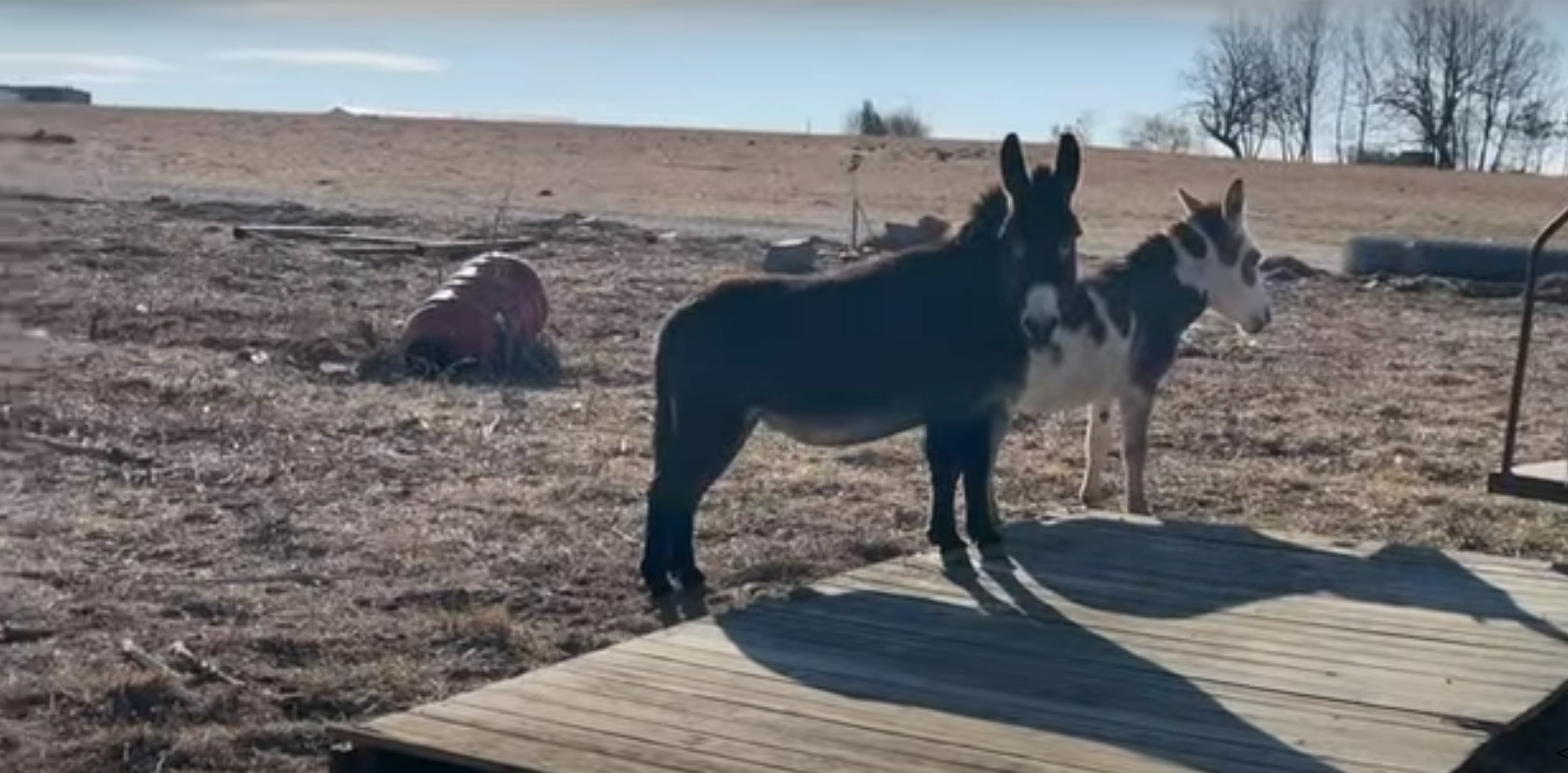
What Does A Loafing Shed Look Like?
A loafing shed is a structure designed to provide shelter and protection for farm animals such as horses, cattle or sheep. These sheds come in many sizes and shapes, but they all have one purpose: To keep animals safe from the elements.
The most common type of loafing shed is a simple three-sided structure made from metal siding. It can either be open on the sides or have walls and a roof, depending on the needs of the animal owners. The metal siding helps give some insulation against extreme temperatures so that animals are not exposed to excessive heat or cold.
The inside of a loafing shed often contains feeders, water tanks, and other necessary equipment for feeding animals. Depending on its size and design, some loafing sheds may also include windows, doors, or skylights. These features can be used to provide light and ventilation for the animals inside. [2]
Loing sheds come in a variety of sizes and styles so farm owners are sure to find one that fits their needs. Whether it’s a single-stall shed or a multiple-stall building, these structures provide shelter from inclement weather so that farm animals can stay safe and healthy.
Loafing Shed Frames
Loafing Shed frames are popular for a variety of agricultural and residential uses. The frame can be made out of galvanized steel, treated wood, or both Galvanized steel frames provide long-term durability in harsh climates while treated wood is an attractive choice for residential use. Loafing shed frames typically come with a gable roof design to maximize headroom and airflow. Depending on the size of the project and local building codes, you may need to include additional support beams and posts to meet load requirements. Additionally, you’ll need to factor in where you want your door or window openings when assembling your frame.
Once your frame is complete, it’s time to add walls and insulation (if needed). You can choose from a variety of materials including, plywood, vinyl siding, or metal panels. If you plan to use the shed as an outbuilding for livestock you may want to consider adding wire mesh along the walls and roof for ventilation.
Finally, make sure your frame is anchored securely to the ground with thick concrete footings and reinforced posts. This will prevent your shed from tipping over due to high winds or snow accumulation. With the right materials and proper installation, a loafing shed frame can provide years of protection and security for whatever purpose it serves. [3]
Loafing Shed Siding Materials
Loafing sheds are structures that provide shelter and protection for animals, primarily horses. The structure of a loafing shed is typically made of wood or metal materials, however the siding material used for the walls can vary greatly. Popular choices for siding on loafing sheds include wood, metal, vinyl, composite board, hardboard and even rubber. Wood siding provides a classic look while being relatively lightweight and cost effective.
Composite board and hardboard are made of resin-based materials that provide a good balance between cost, durability, and insulation. Finally, rubber siding provides exceptional durability and insulation while being resistant to damage from the environment or animals.
Whichever material is chosen for the siding of a loafing shed, it’s important to keep in mind that the material should be able to withstand harsh weather conditions as well as potential damage from animals. Proper ventilation should also be taken into account when selecting a material for a loafing shed as this will ensure proper air circulation within the structure. Additionally, it’s important to note that some materials may require additional maintenance such as painting or staining over time in order to maintain their condition. [4]
What Is A Good Size For A Loafing Shed?
The size of your loafing shed will depend on the number of livestock you need to accommodate. Generally, a single-stall loafing shed will be 8 feet wide and 12 feet long. For larger herds or groups, you may need to consider a 2-stall or 3-stall structure, with dimensions of up to 16 feet wide and 24 feet long. Make sure the inside of your lofting shed is tall enough for adult livestock (6-7 feet) and has adequate ventilation.
Additionally, any area that requires additional headroom should have an extra 4 to 6 inches of clearance. When planning the layout of your loftshed keep in mind how much space each animal needs when standing at rest as well as walking around comfortably.
By considering all these factors when planning the dimensions of your loafing shed, you can ensure that it’s large enough to accommodate your livestock while also providing a comfortable living space. Keep in mind that building codes may also require minimum dimensions for certain types of structures – check with your local authority before beginning construction on your loft shed. With proper planning and preparation, you can build a loafing shed that meets the needs of both you and your animals! [5]
What Is A Good Height For A Loafing Shed?
When it comes to choosing the right height for a loafing shed, there are several factors to consider. The most important factor is how much room you need inside the shed for your animals and their feed. Depending on the size of your animals, you may need more or less space. Additionally, if you plan to add storage shelves or cupboards within the shed, then this should be taken into account too.
Another factor that needs to be considered is the type of roofing material used – whether metal or shingle – in order to determine an appropriate height. Generally speaking, metal roofs can be built higher than shingle roofs as they do not require additional support from internal framing. However, if you live in an area prone to heavy snowfall, then a higher roof may be necessary to support the weight.
Finally, if you live in an area which experiences strong winds or storms, then a tall loafing shed may be the only option for your animals to stay safe and secure.
Ultimately, the height of your loafing shed should depend on both practical and safety considerations – ensuring that it provides enough space for all occupants while ensuring their protection from any adverse weather conditions.
How Much Do Loafing Sheds Cost?
The cost of a loafing shed depends largely on the size and type of shed you need. Generally, smaller sheds are more affordable than larger ones, but larger sheds provide more space for animals to roam in and may be more weather-resistant. Additionally, materials used can affect the price; metal and vinyl construction tend to be cheaper than wooden construction.
Overall, when planning for the purchase of a loafing shed it is important to consider all associated costs as well as its benefits. A well-constructed loafing shed can provide sanctuary and safety for your livestock while also providing you with peace of mind knowing they are safe from harm. Carefully weighing all options available will help ensure that you make the best choice for your animals and finances. [6]
Setting Up Your Loafing Shed
Choosing Where To Put Your Loafing Shed
When selecting a place to build your loafing shed, you should consider the environment and weather. If possible, pick a spot with ample protection from the elements and access to pasture or hay. Check for any hazards that may be present such as overhead wires or trees that could fall in high winds. The size of the area will also be important so make sure you have enough room for your animals to move around comfortably within their shelter.
Building Your Loafing Shed
Once you’ve chosen an appropriate location, it’s time to start building your loafing shed!
Start by creating a sturdy foundation using concrete blocks or posts. Make sure they are securely fastened together before starting construction on top of them. Depending on the type of shed you are creating, the walls should be built using either wood or metal. Make sure the materials are treated to resist rot and insect damage. The roof of your shed will need to be waterproof and durable enough to protect your animals from the elements. Asphalt shingles or metal roofing are often used for this purpose but if you are handy with building tools, custom designs can also be made.
For ventilation purposes, cut holes in specific locations around the structure. These should be covered with mesh screens to help keep out pests like birds and rodents. Once construction is complete, it’s time to add necessary accessories such as hay racks and water troughs for feeding and drinking needs. Choose items that are easy to clean in order to prevent the spread of disease.
Finally, make sure your loafing shed is secure and stable to ensure the safety of your animals. Check for any weak spots in the walls or roof that could pose a risk. Inspect all fasteners regularly to make sure they remain tight throughout each season. With a sturdy shed in place, you can rest assured that your animals are sheltered from the elements and have plenty of room to roam! [7]
Which Way Should A Loafing Shed Face?
When it comes to constructing a loafing shed, one of the most important decisions you will have to make is which direction your shed should face. This is because the orientation of your shed can determine how much protection it provides from weather and the elements. Depending on where you live and what type of climate prevails, different orientations may be more beneficial than others.
For example, if you live in a region that experiences high winds or severe storms, then having one end of the shed facing into the wind may provide some additional protection against these conditions. If you live in an area with more moderate weather but still experience strong sun exposure during certain times of day or year, then positioning one side of your loafing shed to face away from the sun may help minimize direct sunlight entering the structure.
In some cases, such as if you’re in a region with high temperatures and intense sunshine, it may be beneficial to have your loafing shed facing east-west so that less of its surface area is exposed to direct sunlight during the peak hours of heat. If you live in an area that experiences more precipitation or cold temperatures, then having one side of your shed face north can provide additional protection against these conditions.
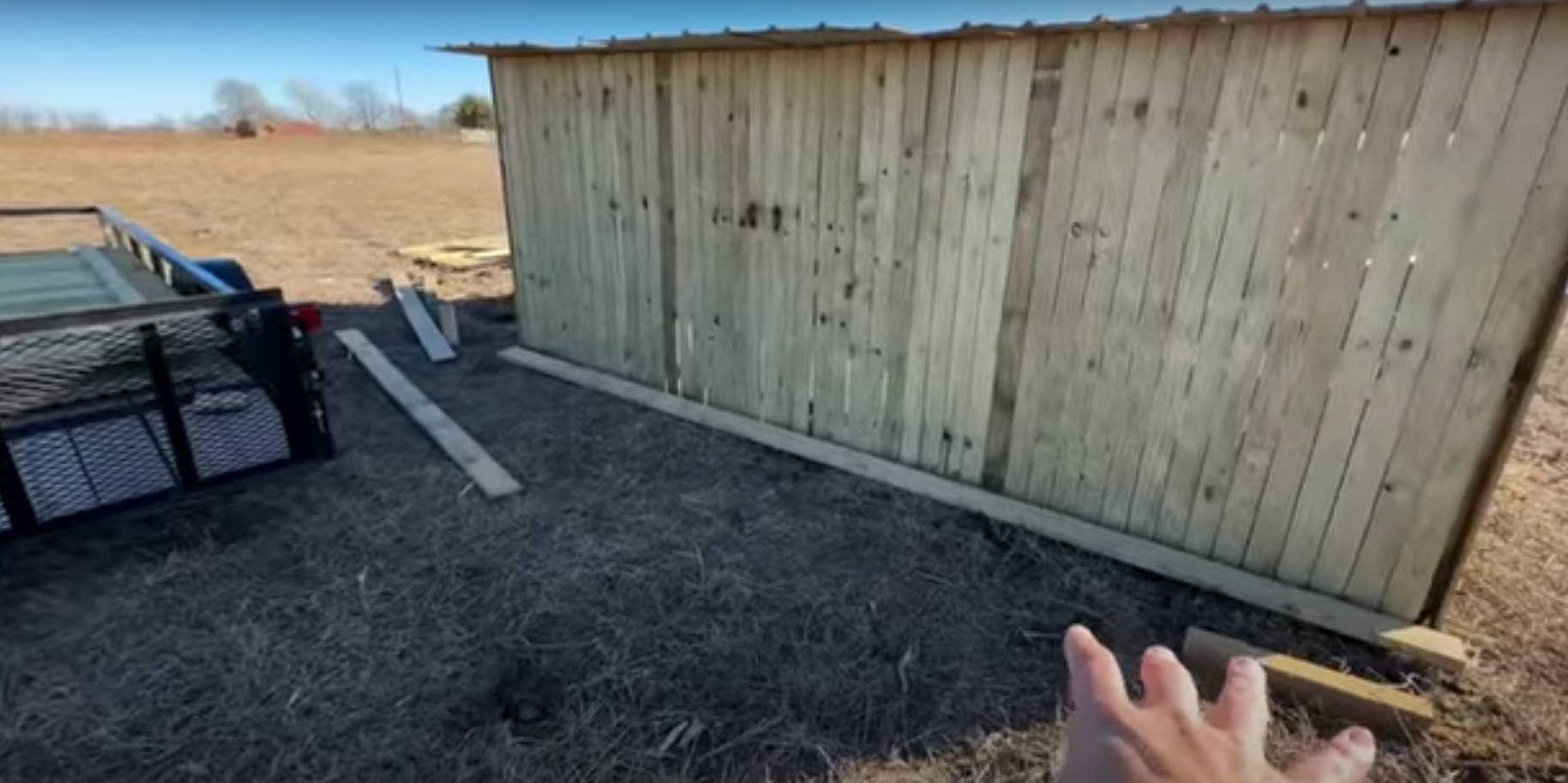
What Is A Loafing Shed Used For?
A loafing shed is a structure that provides shelter and protection for livestock, primarily cattle, from harsh weather conditions such as rain, snow, and wind. The structure creates an area where the animals can take refuge when the elements are too extreme to handle. It also serves to protect them from predators and other dangers they may encounter while outdoors. Loafing sheds typically feature open sides with either no walls or partial walls that may include doors or windows in order to let natural light into the space.
Additionally, there may be fence panels that are designed to keep the animals contained and safe, as well as any other features necessary for the specific needs of the animals.
Loafing sheds can also provide a cooler place to rest during hot summer months or shade from the sun on sunny days. These structures can help keep livestock healthy and comfortable in all seasons, allowing farmers to maximize their productivity by keeping their animals in better condition year-round. With proper care and maintenance, these structures can last for many years and prove to be a useful investment for any livestock farmer. [8]
Loafing Shed vs. Barn
Loafing sheds are a type of shelter commonly found on farms, ranches and other agricultural settings. They offer protection from the elements for animals such as horses, cows and sheep, that may be kept outdoors at night. While similar to barns in some ways, loafing sheds have several key differences that make them better suited for certain uses.
When compared to a traditional barn, loafing sheds generally provide less space and less overhead protection. They are typically much smaller than a typical barn and lack many of the features such as stalls or stables. Because they are meant to accommodate animals that will primarily remain outside during the day, they don’t necessarily require as much space or overhead cover as a full-sized barn would.
Finally, loafing sheds are typically easier to maintain than a full-sized barn. They don’t require large amounts of space for animals or hay storage, so they can be cleaned quickly without having to move a lot of items around. This makes them an ideal choice for keeping animals safe while still staying within budget restrictions or time constraints.
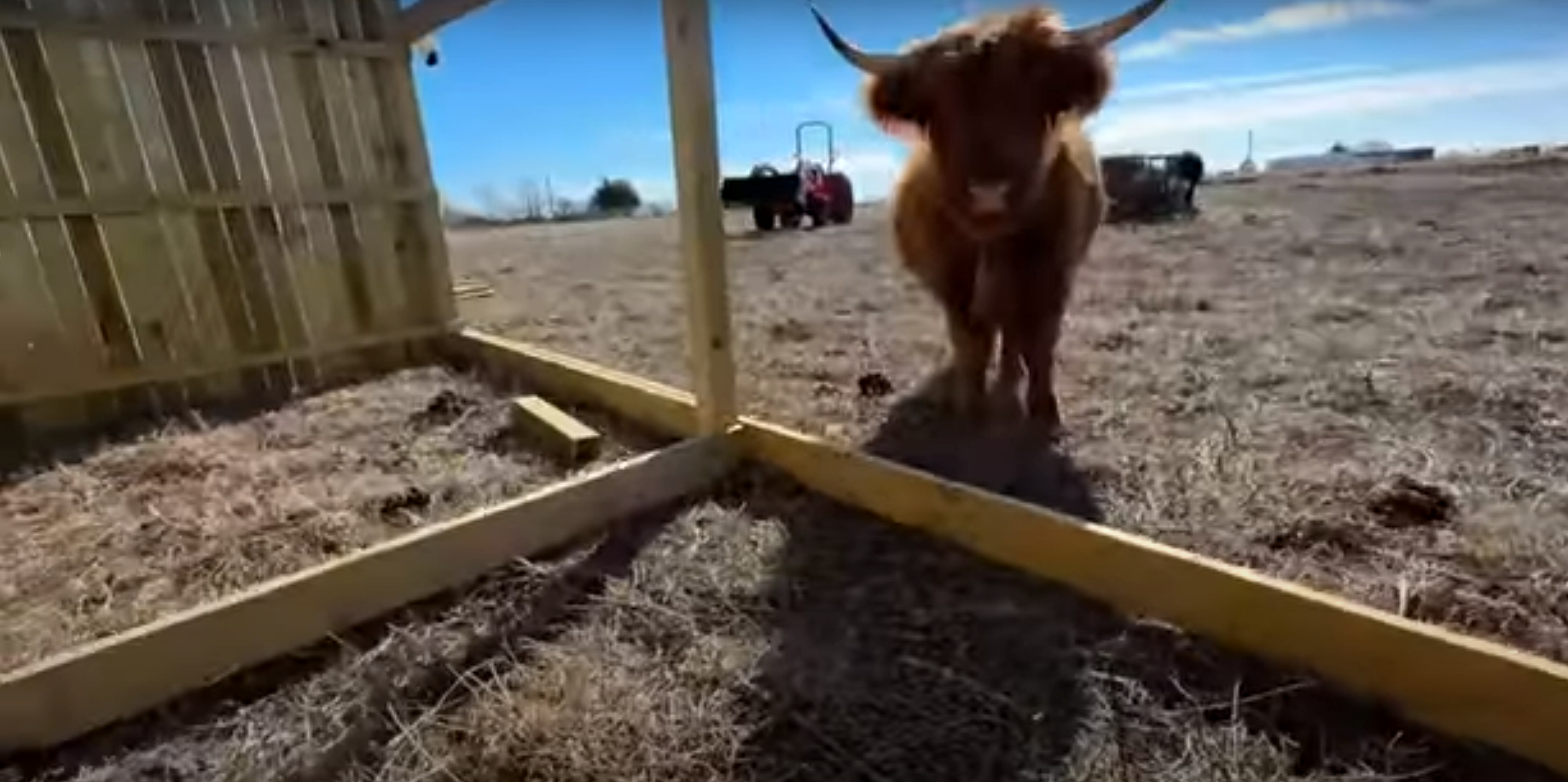
Is It Worth Buying a Loafing Shed?
If you’re looking for a way to provide shelter and protection for your animals, then a loafing shed could be the perfect solution. Not only are they cost-effective, but they also come with an array of benefits that make them worth the purchase. From protecting against harsh weather conditions to providing shade during hot summers, there’s no question why so many farmers opt for this type of structure.
Loafing sheds can help keep your livestock safe from extreme temperatures, rainstorms, and other inclement weather conditions. They provide extra space to move around while protecting them from wind and snow. Plus, if you have multiple types of animals on your property, you can use the different sizes available in order to accommodate everyone’s needs.
Loafing sheds are also low-maintenance, meaning you won’t have to worry about regular upkeep or repairs. Depending on the model you choose, some loafing sheds come equipped with ventilation systems and windows that allow air to flow through while simultaneously keeping pests out.
FAQ
Why is it called a loafing shed?
A loafing shed is so named because it provides a place for animals to rest and take shelter during the day instead of loitering or “loafing” around. The shed also offers protection from the elements, allowing farmers’ livestock to remain healthy and comfortable in any weather condition.
What are the main benefits of having a loafing shed?
The primary benefit of having a loafing shed on your farm is that it can help keep your livestock safe and well-protected from harsh outdoor conditions like extreme heat or cold temperatures, heavy rain, strong winds, etc. Additionally, having a sheltered area for animals to congregate helps to maximize their productivity since they do not have to expend energy finding food away from the barn.
What is the description of a loafing barn?
A loafing barn typically consists of a simple structure with four walls, a sloped roof, and an open front. These sheds are built from strong materials like wood or metal and can be as small or large as needed to accommodate the farm’s animals. Not only do they provide shelter but also ventilation so that animals remain comfortable in any climate. Loafing sheds may feature additional features such as benches or hay racks for added convenience.
What types of animals can take advantage of a loafing shed?
Most any type of livestock including cows, horses, sheep, goats, chickens, pigs and more can take advantage of the protection afforded by having a loafing shed on their farm. Additionally, some farmers use their loafing sheds to give their animals a place to escape from the sun and wind, or simply as a place for them to get out of the rain.
Are loafing sheds expensive?
The cost of building a loafing shed will vary depending on size, material used, and other factors. Generally speaking though, these structures are relatively inexpensive when compared to other types of barns or shelters. Additionally, because they provide so many benefits, the cost is often well worth it in the long run.
Useful Video: ULTIMATE LOAFING SHED!
Conclusion
A loafing shed is an essential tool for any livestock farmer. It provides from the elements and allows animals to escape extreme temperatures. Not only does it keep animals healthier, it can save money by reducing feed costs and labor time needed to care for them. Finally, a loafing shed helps maintain animal safety as well as protection from predators. Whether you’re raising cattle, sheep, or horses, having a loafing shed on your farm can have many positive impacts on your livestock operation. Investing in a quality structure will improve the health of your herd and help make managing your farm easier and more profitable.
References:
- https://www.tigersheds.com/blog/how-to-build-a-shed-base-on-uneven-ground/
- https://www.siteprep.com/how-to-level-ground-for-shed/
- https://www.buyshedsdirect.co.uk/blog/post/how-to-build-a-shed-base-on-uneven-ground
- https://www.urban-sheds.com/blog/how-to-level-ground-for-a-shed
- https://plasticinehouse.com/how-to-level-ground-for-a-shed/
- https://heartlandsheds.com/how-to-level-a-shed/
- https://www.lowes.com/n/how-to/install-a-shed-foundation
- https://www.gardenguides.com/info_12147212_ways-level-ground-shed.html







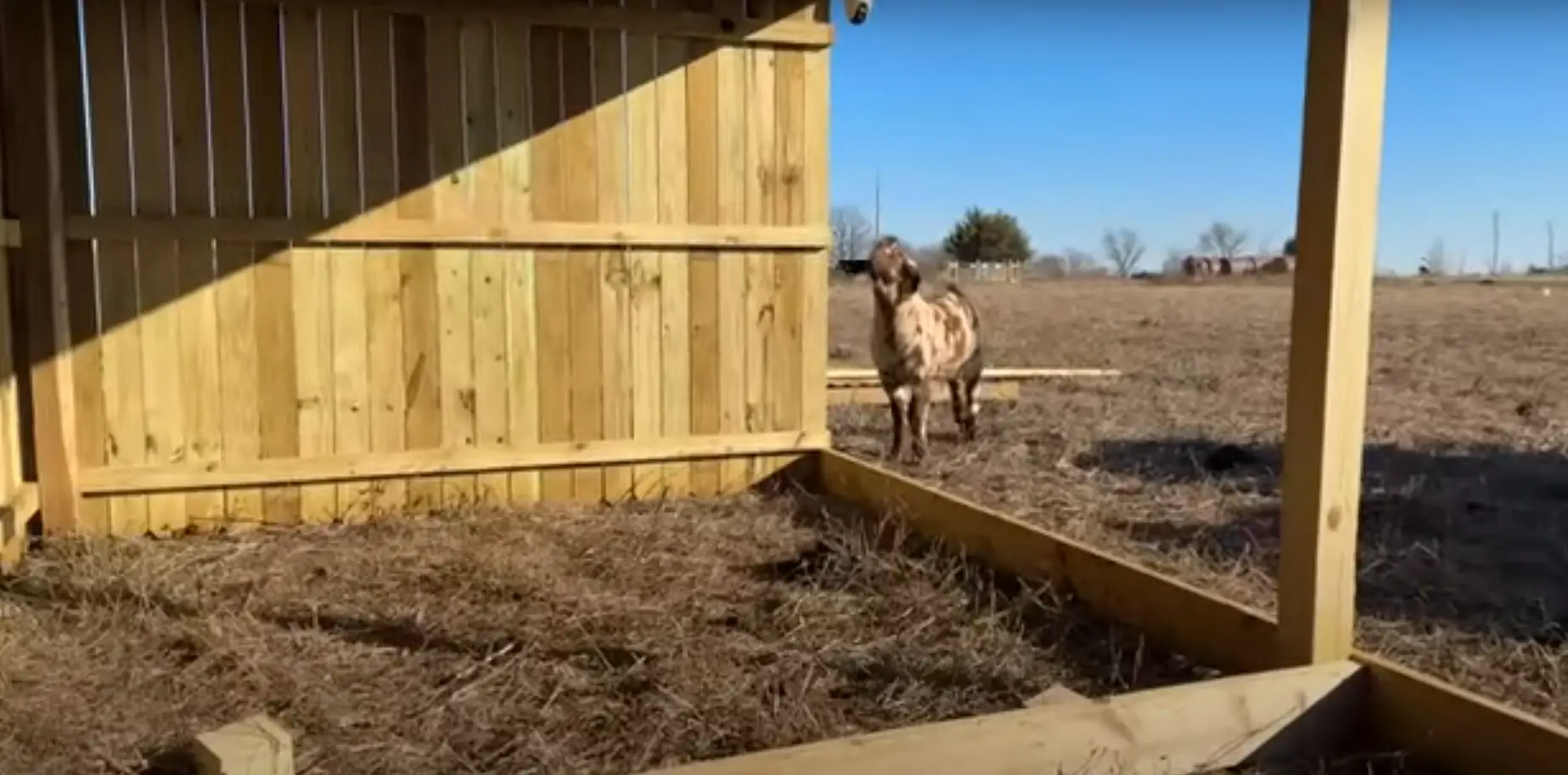
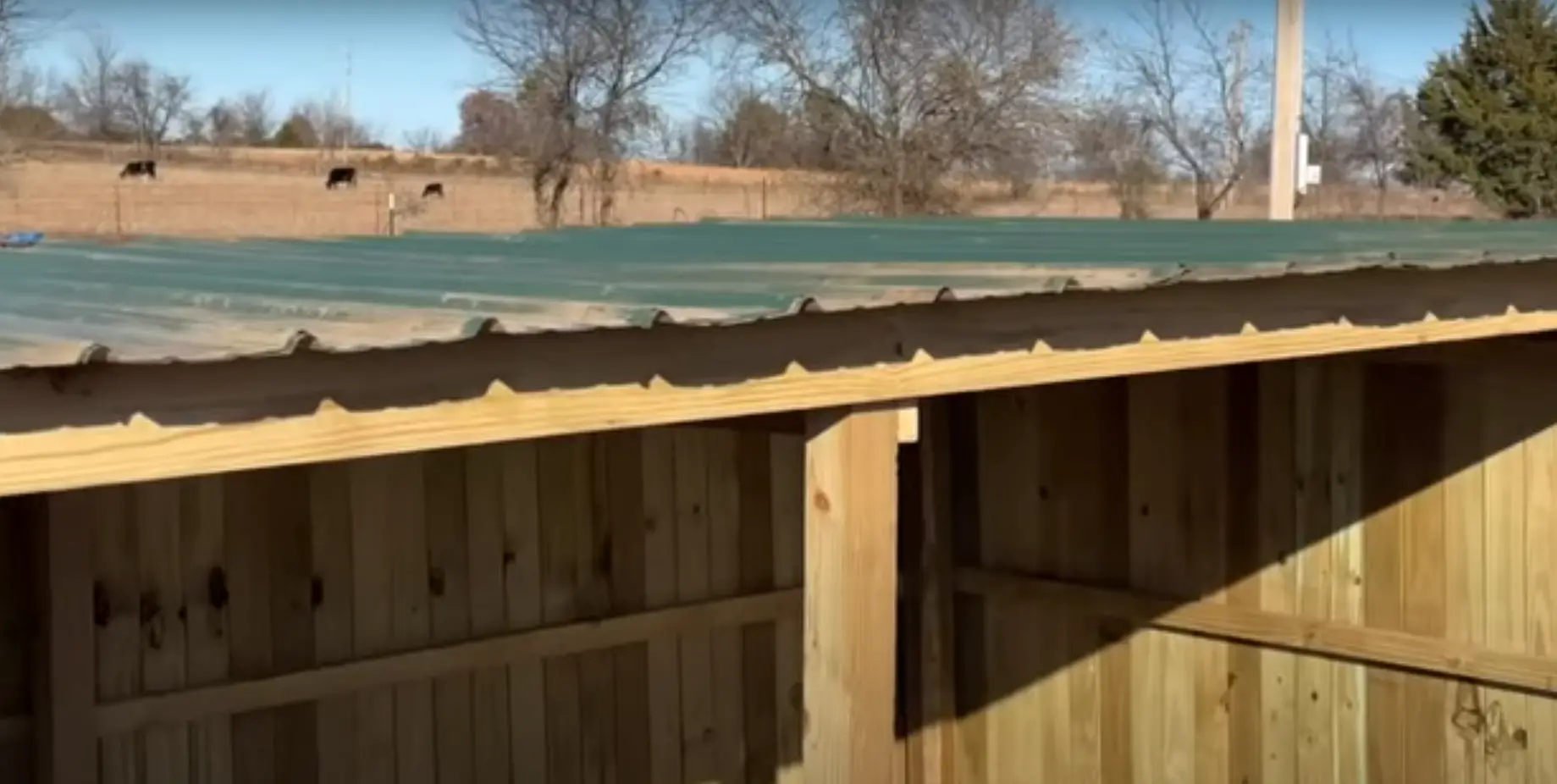
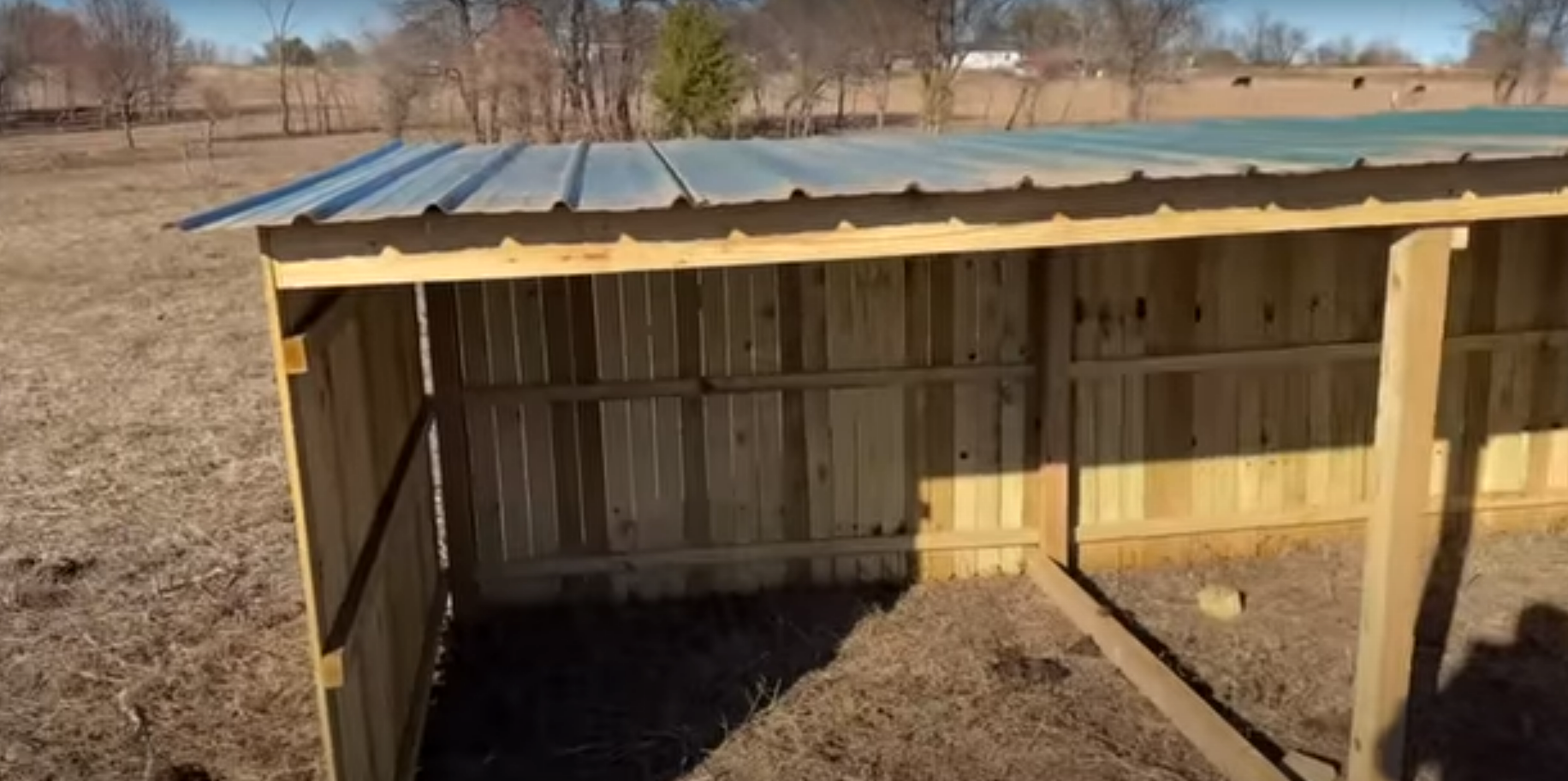
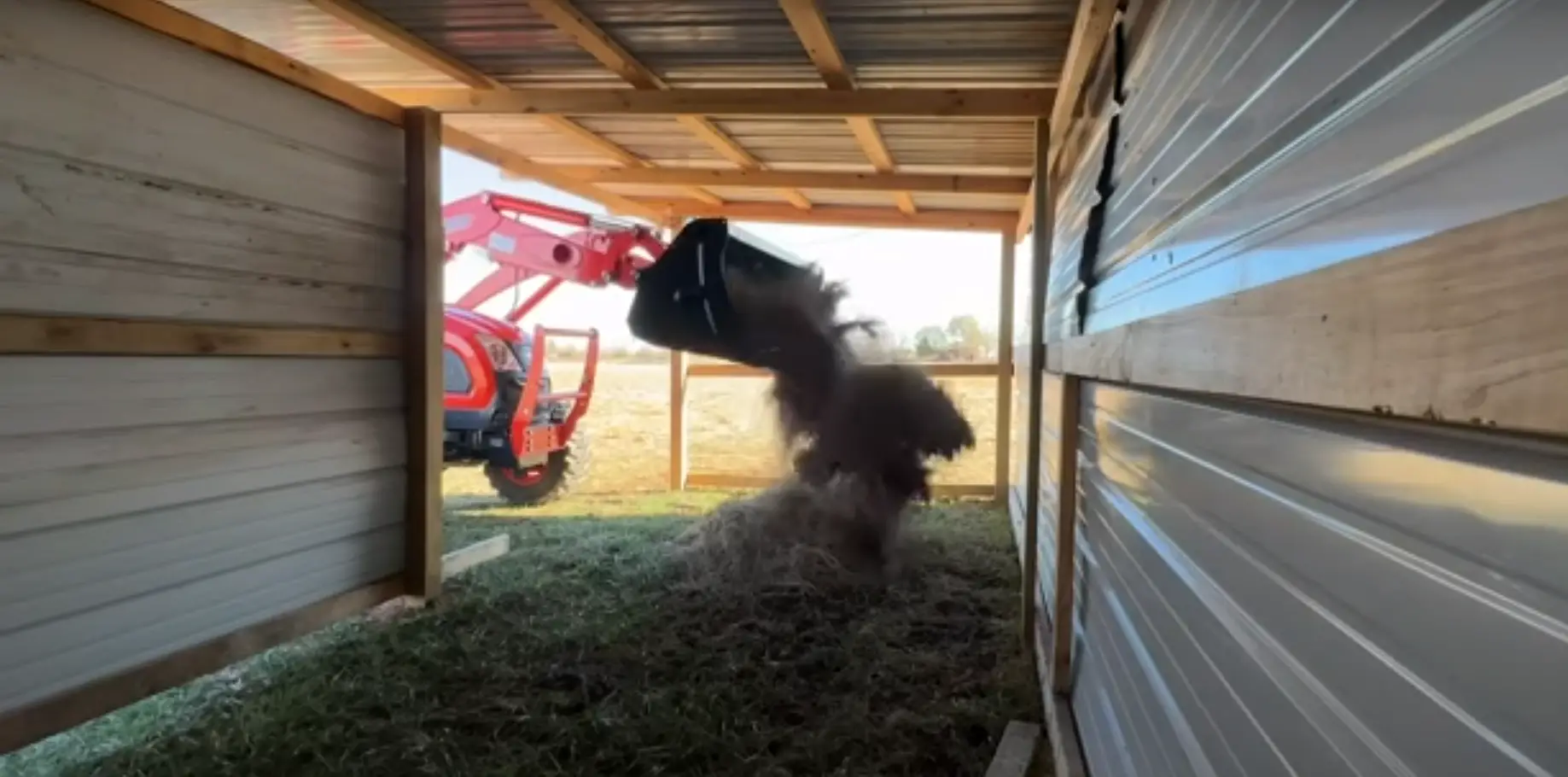
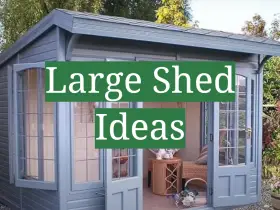
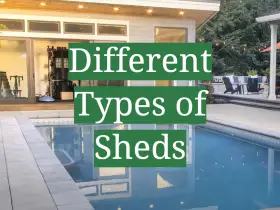

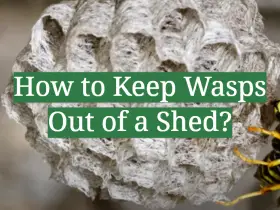
Leave a Reply
View Comments